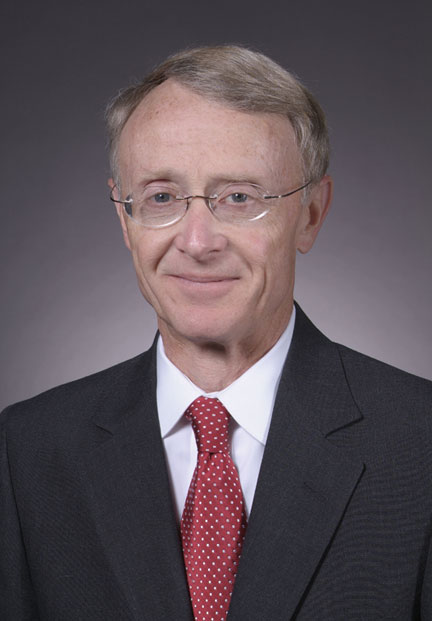Transparency task force has first meeting
April 8, 2013
A force designed to increase transparency with Iowa’s regent public universities has set the baseline of its purpose and goals for the future.
The Transparency Task Force, recently approved by the Board of Regents, held its first meeting Friday, April 5, 2013, in Des Moines to discuss the charge of the committee.
The charge is two-fold. Part one is to recommend the best practices for responding to public information requests. Part two is recommending the best practices for additional access to public information of interest to Iowans.
Kathleen Richardson from Iowa Freedom of Information Council and member of the task force said, “It was basically an introduction to [what] all the universities’ and institutions’ policies and procedures are in responding to public records requests and also providing information to the public.”
Each of the institutions overseen by the Board of Regents gave a presentation on what they offer to the public through their websites.
The schools overseen by the Board of Regents are Iowa State, Iowa, Northern Iowa, Iowa School for the Deaf and Iowa Braille School.
Iowa State’s John McCarroll, director of University Relations, and Paul Tanaka, University Council, presented on behalf of Iowa State on how the school disperses news about the happenings of the university and how University Relations responds to questions from media.
McCarroll said he also explained the many sources of the university’s website and informed the force as to where they can go to find certain information.
“We operate in a culture here at Iowa State University which believes in openness. We try to be very responsive to anyone who has questions about what we do and how we do it,” McCarroll said. “We are a public university, so we have significant responsibility to make our operations transparent.”
During this presentation, McCarroll provided the facts as to how many media contacts were made in the 2012 calendar year. There were nearly 1,500 media contacts and almost 300 news releases.
Members of the Board of Regents gave a rundown of the Board’s public meetings information practices. An overview of Iowa’s Open Meetings and Open Records Law was provided to inform the force of the current laws and proceedings in the state of Iowa, as well as exemptions as to what information cannot be released.
“There are a lot of exemptions in the Public Records Law. We want to make sure that we’re mindful that we’re not releasing any information that is sensitive and not supposed to be released. There are issues or topics that we are really limited in and prevented from releasing information for legal reasons in some cases,” said Miles Lackey, ISU associate vice president and member of the force.
Some of these exemptions for a university could be personnel information, health records, intellectual property issues, export control and information pertaining to investigations.
“We try to be as open and transparent as we possibly can,” Lackey said. “When we have information that we cannot share, there are very legitimate reasons for doing so, and we always make it perfectly clear as to why we cannot release that information.”
The next step for the task force will be a series of four public open forums to take place in Des Moines, Dubuque, Council Bluffs and Mount Pleasant, although dates have not yet been determined.
These sessions will provide the public with an opportunity to share what they feel the universities need to do in order to be more transparent with Iowans.
These meetings will be part of the information gathering phase for the force and will be used for their next meeting on May 9.
Lackey said he is excited for the force and looking forward to working with other members to promote transparency.
“This is a pretty open campus here. President Leath’s expectation, in being a public university, is that we are going to be transparent,” Lackey said. “I agree that Iowans should have an expectation that the universities be open and communicate with them.”

















